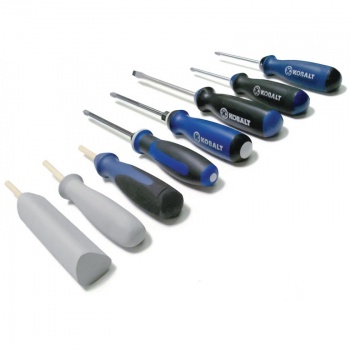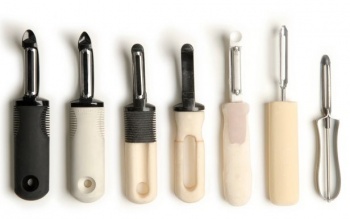Prototypes

A prototype is an early sample, model, or release of a product built to test a concept or process or to act as a thing to be replicated or learned from.
It is a term used in a variety of contexts, including semantics, design, electronics, and software programming. A prototype is generally used to evaluate a new design to enhance precision by system analysts and users. Prototyping serves to provide specifications for a real, working system rather than a theoretical one.[2]
The purpose of prototypes[edit]
- Prototypes are abstract representations of a system, often focusing on only one or two key aspects of the system.
- They are important in testing as each component of the system can be tested before implementing, and to illustrate the working of the future system to the client[3].
- Prototypes can be developed inexpensively and quickly.
- System designers and developers can very quickly adjust design based on client feedback. It is more difficult (and expensive) to change a system once it is done.
- Prototype is used to ensure all essential functions/operations of the system are present/meets the needs of the users
- Prototype is used to speed up development process
- Positive user’s feedback helps in refining the acceptable prototype in order to develop the complete system/product
- Or else a further prototype should be created in order to develop the satisfactory system/product
Iteration[edit]
In iteration we try different versions of a design again and again until we find a suitable solution or product. Iteration is the act of repeating a process, to generate a (possibly unbounded) sequence of outcomes, with the aim of approaching a desired goal, target or result. Each repetition of the process is also called an "iteration", and the results of one iteration are used as the starting point for the next iteration.[4]
Real-world practical advice[edit]
There is almost always a gap between what the client wants and what the designer THINKS the client wants. Prototypes help narrow the gap quickly and cheaply.
Standards[edit]
- Describe the purpose of prototypes to demonstrate the proposed system to the client.

